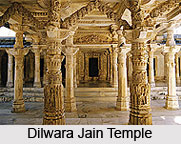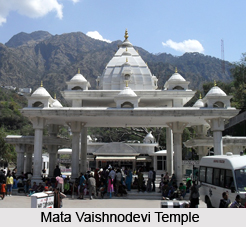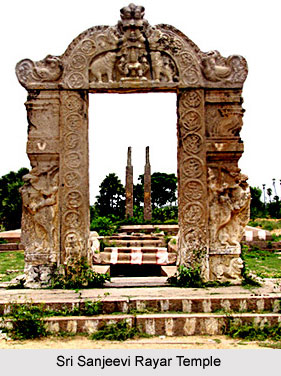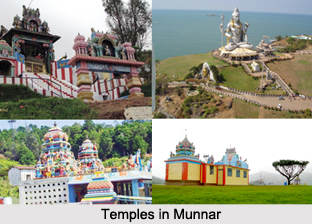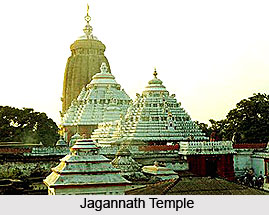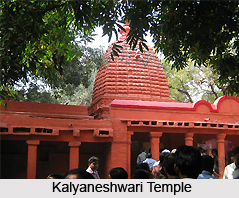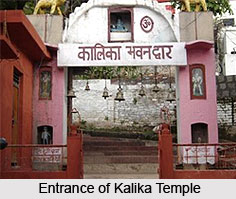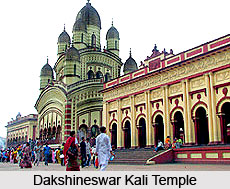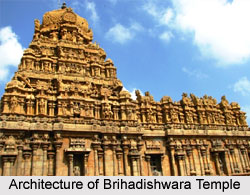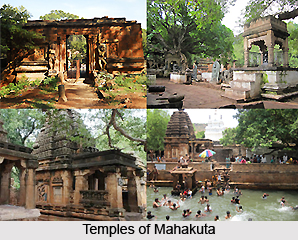 Mahakuta Group of Temples is eternal abode of Lord Shiva or Mahadeva in South India. This temple complex is the exquisite example of Chalukyan art and architecture of Badami in the early phase of medieval India. Mahakuta Temple complex shows the height of Chalukyan art and architecture. Mahakuta Temple complex has provided two important inscriptions of 7th Century.
Mahakuta Group of Temples is eternal abode of Lord Shiva or Mahadeva in South India. This temple complex is the exquisite example of Chalukyan art and architecture of Badami in the early phase of medieval India. Mahakuta Temple complex shows the height of Chalukyan art and architecture. Mahakuta Temple complex has provided two important inscriptions of 7th Century.
Location of Mahakuta Group of Temples
Mahakuta Group of Temples is located in Mahakuta, a village in the Bagalkot district of Karnataka. Mahakuta Group of Temples is a central place of worship for South Indian Hindus. It is well known as the Shaiva monastery or the eternal abode dedicated to Lord Shiva.
History of Mahakuta Group of Temples
Mahakuta Group of Temples are dated to the 6th or 7th century. This temple complex is constructed by the early kings of the Chalukya dynasty of Badami. The exact date behind the construction of Mahakuta Group of Temples is based on the style of architecture which is similar to that of the temples in nearby Aihole Prasasti and Mahakuta Pillar. These two pillars were built before the invasion of Arabs and the inscription dated between 595 602. There is also an inscription of Vinapoti, a concubine of king Vijayaditya, dated between 696 to 733. These were written in the Kannada language and Kannada script.
Style of Architecture in Mahakuta Group of Temples
Mahakuta Group of Temples also comprised of the Dravidian style of architecture. The Karnataka artisans of 7th century AD achieved an acme in architecture by building South Indian Dravida style temples adjacent to north Indian Nagara style temples. Further, their Dravida and Nagara styles were local, indigenous variants and unrelated to the architectural styles that prevailed in modern Tamil Nadu to the south, and Central India to the north. They achieved this by combining the basic plan of one style with characteristics of the other. The South Indian temples of Dravidian Architecture here have a tiered tower over the shrine which is capped with a dome like structure. Mahakuta Group of Temples cover both forms of architecture. There is a mixture of both Nagara and Drvida Style of Architecture.
Architecture of Mahakuta Group of Temples
A natural mountain spring flows within the temple complex of Mahakuta and feeds fresh water into a large tank called the Vishnu Pushkarni or the Pond of Lord Vishnu. There is also an early medieval tank for ablution that is called Papavinasha Tirtha or the Tank of Ablution. Among the several shrines present in the temple complex of Mahakuta, the Mahakutesvara temple was built in the Dravida style of Architecture, and the Mallikarjuna temple are the largest. There is a small shrine in the centre of the Vishnu Pushkarni tank and in it is a Shiva linga which is known as the called Panchamukha linga.












